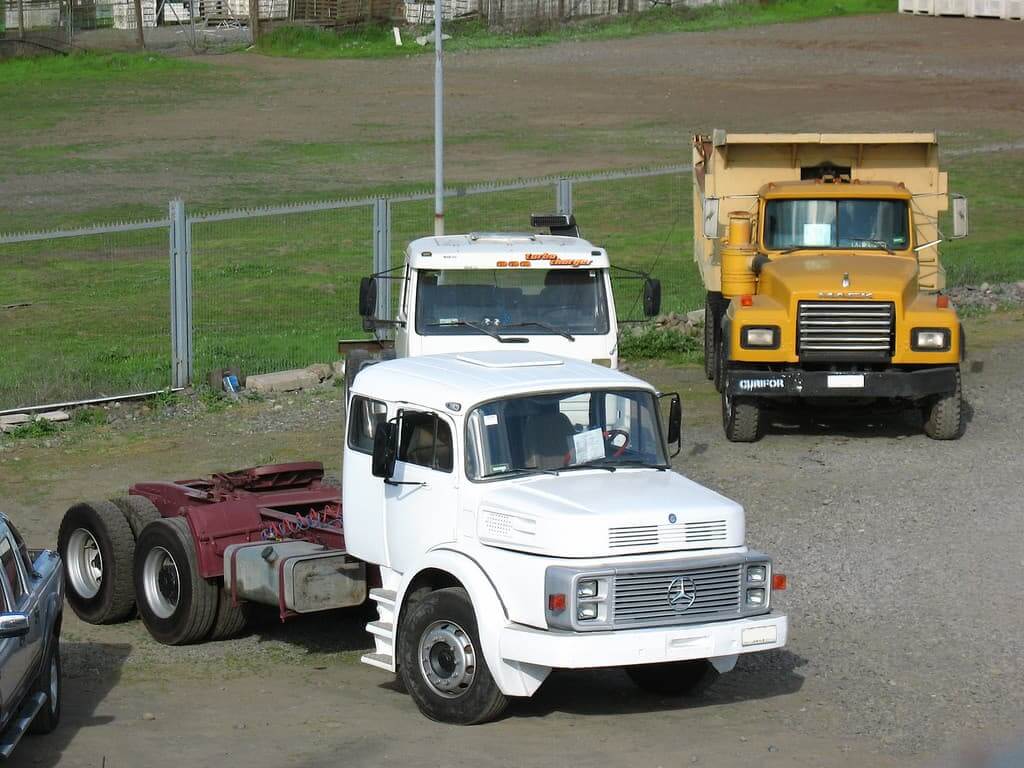5 Things That Influence Fuel Economy In Trucks For Sale

Whatever equipment you are eyeing to invest in for your business, it is crucial to factor in all the expenses involved apart from the acquisition cost. In buying trucks for sale, a business owner should not focus their attention solely on the actual price of a truck. Instead, they should also pay attention to other expenses including repairs, maintenance, and fuel costs. The latter accounts for a substantial chunk of the cost to own a truck, and as such, you’d want to keep this as small as possible.
In order to achieve that goal, you need to understand the key factors that affect the fuel economy of a truck. As a rule of thumb, the larger the truck you buy, the more money you need to allocate for fuel. Here’s a brief look at these five factors and how they affect a truck’s fuel economy.
 Photo by order_242
Photo by order_242 
Chassis
The chassis serves as the frame which holds the truck’s other vital components. Apart from this, the chassis determines the wheel arch and the rear overhang. In turn, these two influence the type of body that can be used for the truck as well as the carrying capacity of the truck.
Body and cab
A fuel-efficient truck uses a body that is big enough to meet your needs. Choose a body bigger or smaller than you actually need and you’ll be wasting fuel. A truck’s cab also affects fuel economy the same way the truck’s body does. However, you may also want to factor in the comfort and safety of your driver and staff.
Engine
The ideal engine to select for your truck is one that can produce enough power to haul your average load at an average operating speed. Or in other words, the engine should produce ample torque at the slowest speed.
Transmission type
A lot of trucks use manual transmission. The advantage of this type of transmission is that it is easier to source spare parts. Manual transmission trucks are also more efficient because they do not need to distribute the automatic transmission fluid. On top of that, a manual transmission truck can easily transition to fuel cut-off mode.
Wheels and tires
Tires achieve more drag by utilizing a more aggressive tread pattern. And the more drag a tire has, the more fuel it consumes.
However, it is also worth pointing out that whatever type of wheels and tires you use in a truck, it is crucial to regularly maintain and replace these. Worn-out tires can undermine both safety and performance.
The author shares his insights through blogging.
